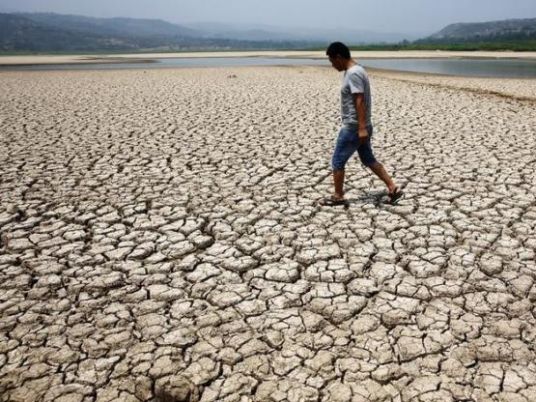
Looks like Earth is already halfway to the danger zone.

— the warmest October ever observed (in 136 years of NOAA records),
— the warmest month ever compared to average (out of 1,630 months),
— the sixth consecutive month breaking a global temperature record, and
— seven of the 10 warmest months have occurred in 2015.
The NOAA data is backed up by similar data sets maintained by NASA and the Japan Meteorological Agency, which also ranked October as the hottest month on record compared to average. All of this virtually guarantees that 2015 will rank as the warmest year overall, breaking the record that was set just last year.
Help from El Nino
The temperatures got a boost this year from what may end up being the strongest El Nino ever recorded reaching its peak. El Nino, which is characterized by warming of ocean waters in the tropical Pacific Ocean, is helping to drive global temperatures upward this year. With all of the extra heat coming from the oceans during an El Nino, years that feature the phenomenon tend to be the warmest years, whereas years that feature a La Nina — which contain cooler than normal waters in the Pacific — tend to be the coolest years.
And while this year's El Nino is already one of the three-strongest El Nino events ever have seen, it cannot fully account for all of the warming. After all, 13 of the 15 warmest years on record have occurred since the year 2000, and this is the first year to feature a strong El Nino since 1998.
In fact, recent La Nina years, such as 2010 and 2007, were warmer than El Nino's that occurred several decades earlier. So while El Nino and La Nina can move the needle a little up and down, the overall trend continues to climb higher and higher thanks largely to man-made climate change and greenhouse gas emissions.
But when you add in a super-charged El Nino on top of a planet being continually warmed by greenhouse gas emissions, you wind up with years that are literally off the charts.




